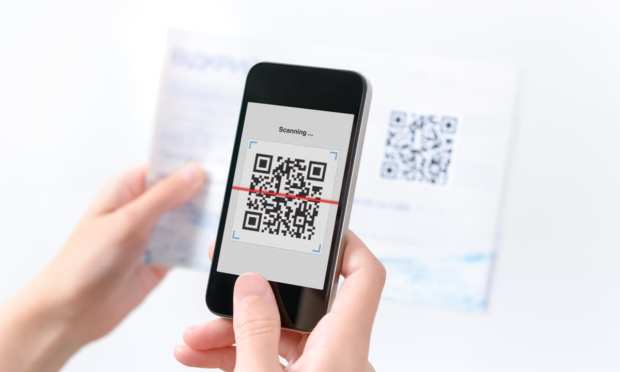Brij Debuts QR Code One-Touch Product Registration

Brij, which works to connect physical products to digital experiences, has launched as of Tuesday (June 15) in order to power one-touch product registration and reorder, according to a press release.
Using the platform, brands can construct tailored experiences for their products, which can be accessed via QR code, the release stated. Customers who scan the QR code on the product or its packaging will be able to register, reorder and look at relevant content for the product any time.
Brands can also use this channel to communicate directly with consumers, according to the release
“The rapid adoption of QR codes since the start of the pandemic has opened up a new channel for engaging with consumers that simply didn’t exist before,” said Brij Co-Founder and CEO Kait Stephens in the release. “With our no-code platform and integration with Shopify, we’re making it simple for brands to maximize the potential of this new channel and build unmatched loyalty with their customers.”
Brij is looking to solve a pain point brands encounter when selling via third-party retailers, which can involve the retailer owning consumer data, preventing the brands from reaching customers as well as they would like after a sale, the release stated. Brij’s strategy is to build a new channel so brands can reach their customers.
The service could be popular, as the release noted that 72 percent of survey respondents to a September MobileIron poll said they had used a QR code in the past month. A large part of the shift is attributable to the pandemic as many businesses began using QR codes to facilitate more cashless purchases and contactless services.
PYMNTS reported that QR codes have been an innovation that will go a long way to keep businesses moving without hands in the picture.
In places like China, the codes were already widespread even before the pandemic. The QR Code Payments Tracker® found that 74 percent of Chinese customers use mobile devices to pay, and QR codes are involved with around 95 percent of those transactions.
